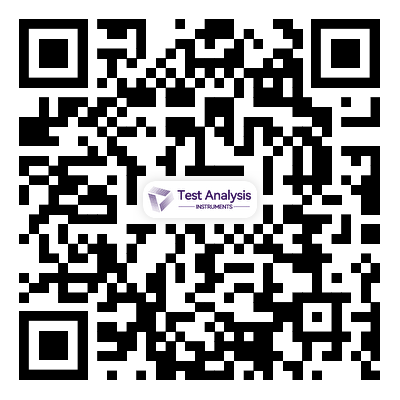Common classifications of Test Instruments
2023-10-21
Test instruments, also known as measurement instruments or test equipment, are essential tools used in various fields to measure, test, and analyze electrical, electronic, mechanical, and other physical parameters. These instruments come in many forms and serve a wide range of applications. They can be classified based on several factors, including their functionality, application, and technology. Here are some common classifications of test instruments:
1. Analog vs. Digital Instruments:
- Analog Instruments: These instruments provide readings using analog mechanisms like needles, dials, or galvanometers. Examples include analog multimeters and analog oscilloscopes.
- Digital Instruments: Digital test instruments provide numerical readouts and are often more precise and easier to read. Examples include digital multimeters, digital oscilloscopes, and digital signal generators.
2. Portable vs. Benchtop Instruments:
- Portable Instruments: These are compact and designed for on-the-go use. They are battery-powered and suitable for fieldwork or situations where mobility is essential. Examples include handheld multimeters and portable oscilloscopes.
- Benchtop Instruments: Benchtop instruments are larger and more feature-rich, designed for use in a laboratory or fixed location. They offer more precise measurements and additional capabilities. Examples include benchtop multimeters and benchtop spectrum analyzers.
3. General-Purpose vs. Specialized Instruments:
- General-Purpose Instruments: These instruments can perform a wide range of measurements and are suitable for various applications. Examples include multimeters, oscilloscopes, and signal generators.
- Specialized Instruments: Specialized test instruments are designed for specific tasks, such as network analyzers for assessing the performance of communication networks or power analyzers for measuring electrical power quality.
4. Analog Signal vs. Digital Signal Instruments:
- Analog Signal Instruments: These instruments work with analog signals, like voltage or current, and are commonly used for electrical and electronic measurements.
- Digital Signal Instruments: These instruments are specifically designed for digital signals, such as logic analyzers for debugging digital circuits or digital oscilloscopes for analyzing digital waveforms.
5. Active vs. Passive Instruments:
- Active Instruments: Active instruments require a power source to function, such as an oscilloscope, which actively amplifies and displays signals.
- Passive Instruments: Passive instruments do not require power and include tools like resistors and capacitors used for component testing and signal conditioning.
6. Time-Domain vs. Frequency-Domain Instruments:
- Time-Domain Instruments: These instruments are designed for measuring and displaying signals in the time domain. Examples include oscilloscopes and pulse generators.
- Frequency-Domain Instruments: These instruments analyze signals in the frequency domain, such as spectrum analyzers, which display signal frequencies and their amplitudes.
7. Wireless vs. Wired Instruments:
- Wireless Instruments: With the advent of wireless technology, there are instruments like wireless network analyzers that can measure and analyze wireless communication signals.
- Wired Instruments: These are traditional instruments that connect to devices using physical cables, such as oscilloscopes and multimeters.
8. Single-Function vs. Multi-Function Instruments:
- Single-Function Instruments: These instruments are designed for a specific measurement or task, such as a sound level meter.
- Multi-Function Instruments: Multi-function instruments combine several measurement capabilities into one device, such as a digital multimeter that can measure voltage, current, resistance, and more.
Understanding these classifications can help professionals and enthusiasts select the right test instruments for their specific applications and needs. Whether you are an engineer, technician, scientist, or hobbyist, having the right test instruments is crucial for accurate measurements and efficient problem-solving.


